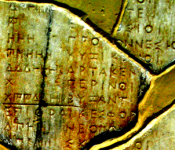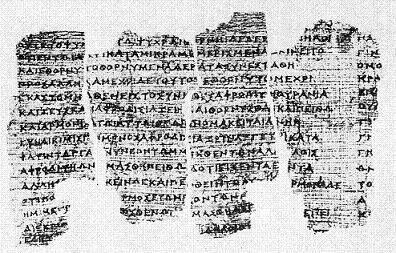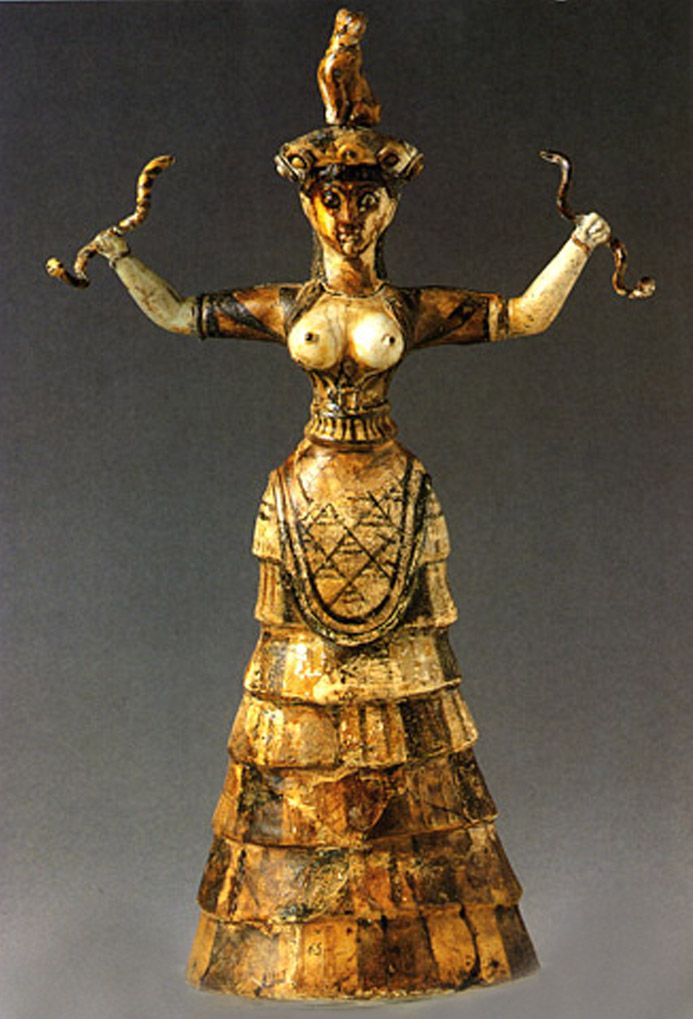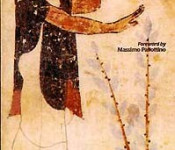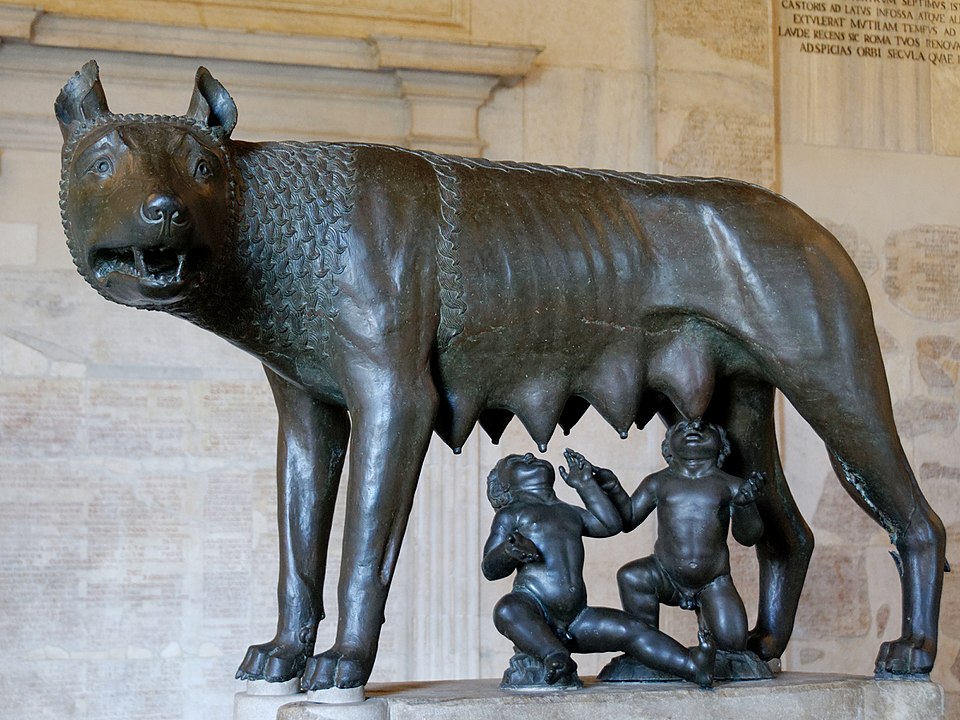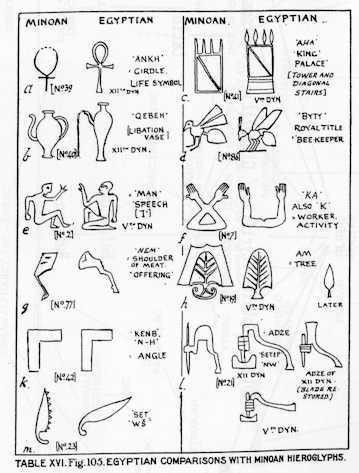Metamorphoses
Wednesday 20 May 2020 at 12:38 pm
Derveni Papyrus about Orphism and Ancient Greek gods
Metamorphoses. Transformation. A journey of a soul passing through Gaia, but also an epic poem in fifteen books written 2,000 years ago, by the Roman poet Ovid, completed in 8 AC inspired by the Ancient Greek Theogony Θεογονία “Birth of the Gods” attributed to Hesiod 700 BC, and the Derveni 500 BC.
The Oldest Greek Papyrus 500 BC Derveni Papyrus
The poet's writings are based on already fully established Ancient Greek manuscript tradition. Re-writing myths, the creation story, Ovid begins by describing how the elements emerge out of chaos, and how mankind degenerates from the Gold Age to the Silver Age to the Age of Iron. This is followed by an attempt by the giants (Titans) to seize the heavens, at which the God Jove sends a great flood which destroys all living things except one couple, Deucalion and Pyrrha.
The Metamorphoses, as a collection of myths is influenced by an earlier Greek work called the Theogony Θεογονία “Birth of the Gods” attributed to Hesiod 700 BC. It is a long narrative poem compiling Ancient Greek myths. Hesiod describes how the gods were created, their struggles with each other, and the nature of their divine rule. In the Theogony, the origin (arche / aRČe) is Chaos, a primordial condition, a gaping void (abyss), with the beginnings and the ends of the earth, sky, sea, gods, mankind. Symbolically associated with water, it is the source, origin, or root of things that exist. Then came Gaia (Earth), Tartarus (the cave like space under the earth), and Eros, who becomes the creator of the world.
Read more
Learning from Rudolf Steiner about Easter and Ancient Greek Moon Goddess
Monday 27 April 2020 at 10:07 am
Ancient Greek Myth and Artemis as the twin sister of Apollo
In Greek myth, Artemis is the twin sister of Apollo (Sun), a virgin huntress, the Greek goddess of the Moon, named Diana in Rome. On the coins she rests either arm on a staff formed of entwined serpents.
Alexander the Great and Arisotle with Artemis
At Ephesus, Turkey, we find remains of an Artemis (Ἄρτεμις ) Temple destroyed the very same day when Alexander the Great was born. When asked why wasn't she able to protect her own home, the temple in Ephesus, that was burnt by madmen in 356 BC, she said that she was in Pella, the capital of Macedonia (near Thessaloniki), assisting at Olympius and Philip son's birth. The Temple was so impressive that it was together with Egyptian pyramids listed as one of the 7 wonders of the world.
Minoan Snake Goddess Figurine 1600 BC Knossos, Crete
An inscription dating 300 BC, associates Ephesian Artemis with Crete: "To the Healer of diseases, to Apollo, Giver of Light to mortals, Eutyches has set up in votive offering [a statue of] the Cretan Lady of Ephesus, the Light-Bearer."
Rudolf Steiner in his Ephesian Mysteries Lecture meditates that the "two Initiates of the Ephesian Mysteries were reincarnated in Aristotle and in Alexander. And these Individualities then came near what was still to be felt of these things in their time in the Mysteries of Samothrace."
Read more
Learning from D. H. Lawrence about Ancient Rome Goddess
Friday 03 April 2020 at 08:20 am
The City of Rome and the Great Mother goddess
It is in the nature of humankind to tell stories, and at the root of every culture we find myths and legends. A hellenistic myth considers Rome to be an Ancient Greek city, narrating a story of a Hellenic Gods and Goddesses. The city of Romolo e Remo, Venus and Mars, cats and dogs, the centre of the original conflict of a female Goddess based worship and a male God dominated rituals.
The story goes back to the Ancient Greece and the Great Mother who has all through the ancient history had a role of the Creator Goddess. Shakti if your wish, with her Kundalini force.
The Goddess of Quintessence: Sound
Lupa Capitolina: she-wolf with Romulus and Remus, Rome, Italy, 1300 AC (twins are a 1500 addition)
Read more
Ancient Egyptian sign Ankh, its Symbolism and Meanings
Wednesday 25 March 2020 at 10:58 am
The Ankh
The ancient art and symbols of Ancient Egypt
Ankh, loved and despised by many, have you ever wondered why... An ancient Egyptian symbol often drawn by our wise ancestors was the symbol used by priests and priestesses to represent resurrection and the holy spirit. Often interpreted as the word for "life", it traveled across the sees to many ancient civilizations and as the sign was used in the artwork of the Minoan civilization in Crete (Ancient Greece). Even the writing that Minoans used resembles ancient Egyptian hieroglyphs.
Anch Comparison Egyptian with Minoan Hieroglyphs 2500 BC
The ankh continued to be used after the Christianization of Egypt during the 400 AD. The sign was used by early Christians as a monogram for Jesus.
Ancient Script Anch as the Monogram for Jesus, 400 AC
The Minoans of ancient Greece in Crete, were one of the world’s first great civilizations,. The Egyptians, across the sea had a rich, ancient culture that undoubtedly influenced all who encountered it.
Minoans were the first Europeans to use writing, their artists were supreme, and they traded widely with surrounding areas, building numerous palace complexes in the center of each of their city states. Minoan society was largely matrimonial, and this woman worship was also a part of their religious practices. Worshiping goddess they did not use temples, instead, they had rituals in grottoes and caves.
Egyptian merchants (2500 BC) made written note of their exchanges with the Minoans, with details of the trades.
In Crete, too we find evidence of Egyptian influence. They share a belief in afterlife and, in the requirement of living a just life to attain life after death.
The divine bull is at the center of Minoan religion.
The ankh was taken from the Egypt and integrated into their own sacred rituals and burial rites in worship of god and goddess.
Read more
Learning from Archimedes 250 BC about Size of the Universe and Sounds
Monday 17 February 2020 at 09:01 am
Ancient Greek Numbers and Sounds
Learning from symbols, and sounds of the first ever Research Paper by Archimedis Syracusani
Hellenistic mathematicians in the 500 BC, prefered using a system of numbers based on the alphabet. To indicate that a letter is a number, they would place a horizontal line above the symbol.
Archimedes_Palimpsest 250 BC an orthodox Christina prayer text 13th century revealed works by Archimedes thought to have been lost
The School of Athens or aθήνα and Numbers with Archimedes of Syracuse
What is now known as "Attic numerals" were in use 700 BC, in the region of Attica, the city of Athens down to the Aegean Sea.
Archimedes of Syracuse or Αρχιμήδης 287 – 212 BC, was an Ancient Greek mathematician, physicist, engineer, inventor, and astronomer, and he is considered one of the greatest mathematician of all time, He was the first to calculate the accurate approximation of pi, defining the spiral bearing his name, he hypotheses that the Earth revolves around the Sun on the circumference of a circle. Archimedes was killed by a Roman soldier, and his original work was “lost” for thousands of years.
The work, also known in Latin as Archimedis Syracusani Arenarius & Dimensio Circuli, is eight pages long in translation, is the Humanity's first matematical research paper.
Archimedes presents his callculation done for the King, stating that the large numbers were given to him to execute this exciting task, to discover the amount to sand that can fit into the Universe. The Sand Reckoner (Greek: Ψαμμίτης, Psammites) is the name of this work.
Estimating the grains of Sand in Universe Archimade
Can you just imagine the complexity of this task, can you comprehend the advances in science, and the thought form, if the Syracusan king Gelo II, pays the Philosopher Archimedis Syracusani to execute this research and leave it written for the future scientists.
In order to do this, he had to estimate the size of the universe!
Read more
